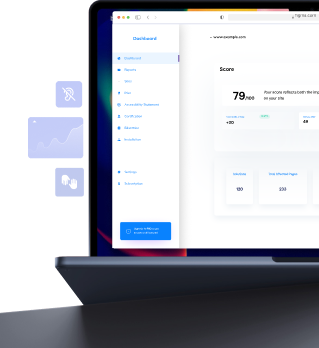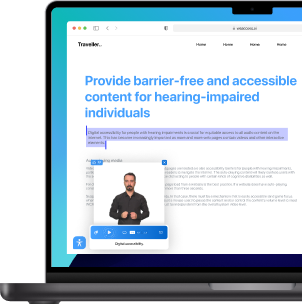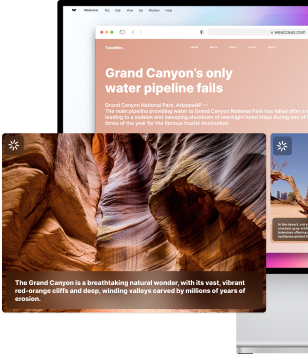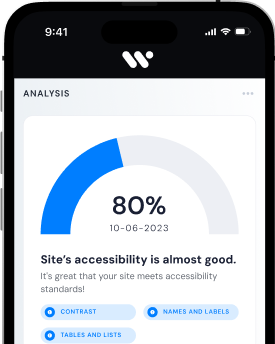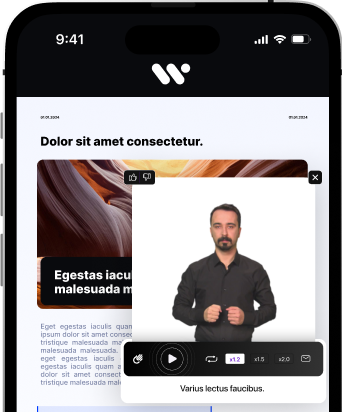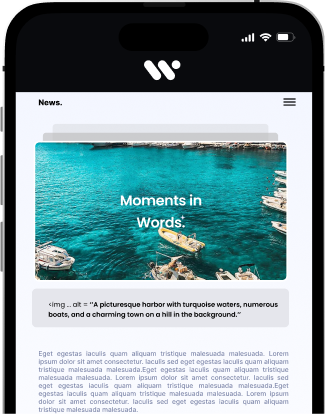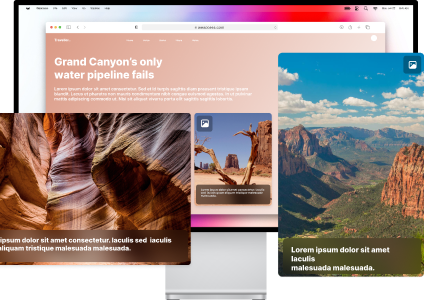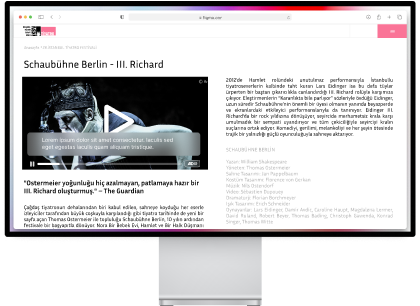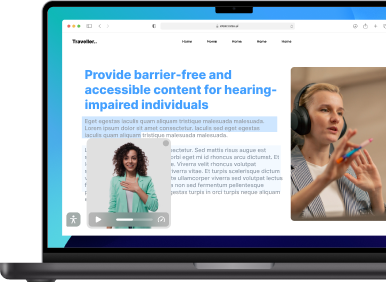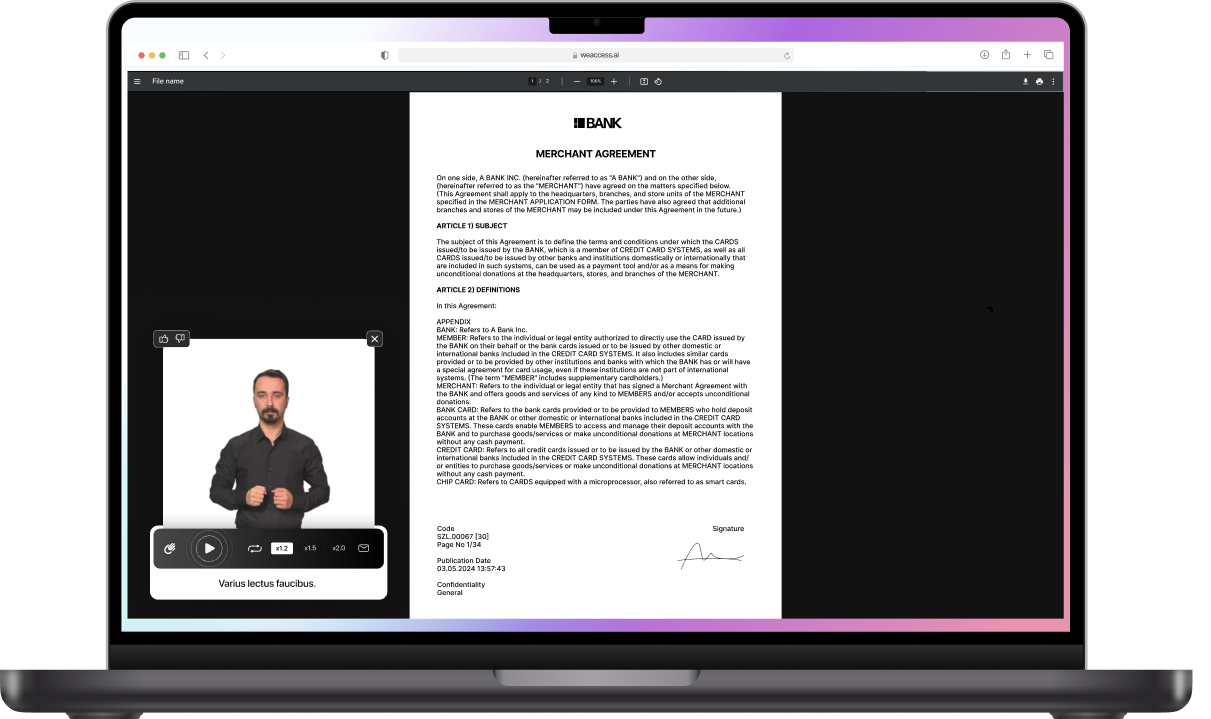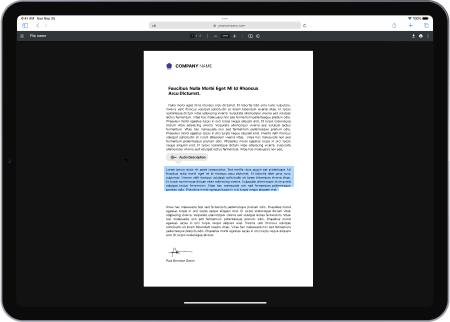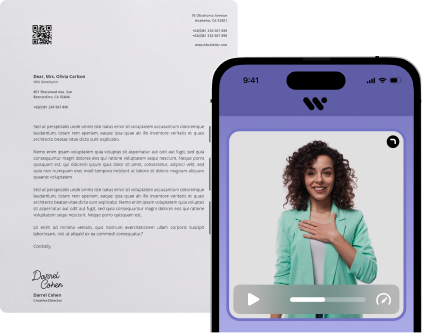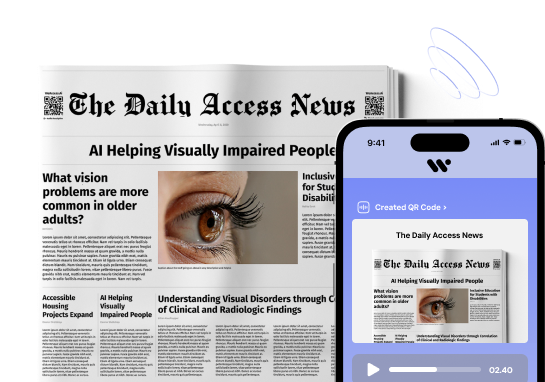PDF Accessibility: Navigating the World of Inclusive Documents
In the digital age, ensuring that information is accessible to all is paramount. One key aspect of this inclusivity is the accessibility of PDFs. This article will guide you through the nuances of PDF accessibility, from understanding 508 compliance to creating accessible PDFs and addressing common questions.
I. Introduction
A. Definition of PDF Accessibility
PDF accessibility refers to the design and creation of PDF documents in a way that makes them usable for individuals with disabilities. This inclusivity extends to people using assistive technologies like screen readers, ensuring they can access and understand the content seamlessly.
B. Importance of PDF Accessibility
The significance of PDF accessibility lies in providing equal access to information. Inaccessible PDFs can create barriers for individuals with disabilities, hindering their ability to comprehend vital information. This becomes especially critical in areas like education, employment, and government services.
II. Understanding 508 Compliance
A. Overview of 508 Compliance
Section 508 is a federal law that mandates electronic and information technology accessibility. Understanding its application is crucial, especially concerning PDFs, as it ensures that individuals with disabilities have comparable access to information.
B. Significance in PDFs
PDFs are ubiquitous in various settings, and ensuring they comply with Section 508 is essential. Non-compliance not only hampers accessibility but also poses legal implications, emphasizing the need for organizations to adhere to these standards.
C. Legal Implications
Failure to comply with 508 standards can lead to legal consequences, impacting businesses, government entities, and educational institutions. It is not just about ensuring inclusivity but also about avoiding potential legal repercussions.
III. Creating Accessible PDFs
A. Step-by-step Guide
Creating accessible PDFs involves several key steps to guarantee inclusivity.
-
Structuring Content Properly
Organize content using headings, lists, and other structural elements. This enhances navigation for both sighted users and those relying on assistive technologies.
-
Adding Alt Text to Images
Incorporate descriptive alt text for images to provide context for users who cannot see them.
-
Ensuring Textual Elements are Machine-Readable
Use text rather than images of text whenever possible, ensuring that the content is readable by screen readers.
-
Proper Use of Headings and Subheadings
Implement a logical heading hierarchy to assist users in understanding the document's structure.
IV. PDFs and Accessibility Guidelines
A. Key Guidelines to Follow
Adhering to specific guidelines ensures the creation of accessible PDFs.
-
Clear Text and Contrast
Ensure that text is clear, legible, and has sufficient contrast against the background.
-
Logical Reading Order
Establish a logical reading order, allowing for a seamless flow of information.
B. Best Practices for PDF Accessibility
Incorporate best practices such as using meaningful hyperlink text, providing navigation aids, and considering color choices for improved readability.
V. Making a PDF ADA Compliant
A. Understanding ADA Compliance
The Americans with Disabilities Act (ADA) sets standards for accessible design. Applying these principles to PDFs involves understanding the guidelines outlined by the ADA.
B. Applying ADA Principles to PDFs
From font choices to interactive elements, ensuring ADA compliance in PDFs requires attention to detail and a commitment to inclusivity.
C. Common Challenges and Solutions
Navigating common challenges, such as complex graphics or interactive forms, demands innovative solutions to maintain accessibility without compromising on content.
VI. Addressing Common Questions
A. Can Screen Readers Read PDFs?
Yes, screen readers can read PDFs, but creating an accessible PDF ensures a more seamless experience for users relying on assistive technologies.
B. What Makes a PDF Accessible?
An accessible PDF adheres to specific guidelines, such as proper structuring, clear text, logical reading order, and thoughtful use of images and other elements.
C. How to Make a PDF Document 508 Compliant?
Following a step-by-step guide, including structuring content, adding alt text, and ensuring machine-readable elements, ensures 508 compliance.
D. Program Accessibility Criteria
Program accessibility includes ensuring that electronic and information technology is accessible to individuals with disabilities, extending beyond just document accessibility.
E. Ensuring Easy and Accessible PDFs
Simplicity and accessibility go hand in hand. Keeping PDFs easy to navigate and understand benefits all users, regardless of their abilities. In conclusion, creating accessible PDFs is not just a legal requirement but a step toward fostering inclusivity. Whether you are a business, educator, or government entity, embracing PDF accessibility ensures that your information reaches everyone.
With WeAccess, you can effortlessly make all your PDF files accessible, so you can have PDF files that comply with Wcag rules and provide accessibility in accordance with ADA and Section 508 Guidelines. For more detailed information about our WePrinted application, you can visit the page
You may be interested in : WePrinted

